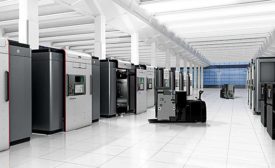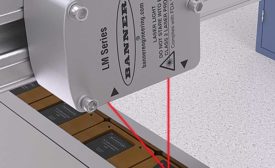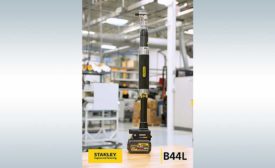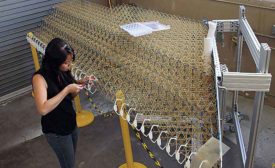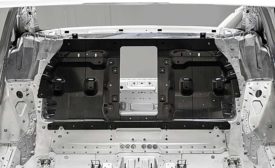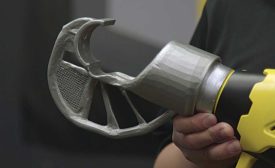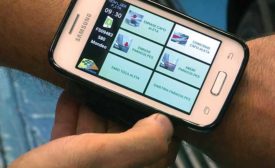Aerospace Assembly
Robots and other tools are key to mass-producing printed parts
Read More
Laser Sensors and Automated Assembly
Very accurate and super fast, these noncontact sensors are ideal for various measurement, inspection and defect-detection applications
June 6, 2019
What’s New With Power Tools
Data collection and ergonomics are driving development of next-gen fastening tools
June 5, 2019
Carbon-Fiber Composites Grow in Popularity
Adhesives and fasteners can be used to assemble many types of composite parts
June 3, 2019
Generative Design Software Is Transforming the Design Process
Aided by cloud computing and artificial intelligence, generative design software is promising to transform the design process
May 13, 2019
IIoT Tech on Assembly Lines
Manufacturers increasingly rely on mobile and stationary technologies to obtain worker- and machine- performance data that optimizes plant productivity
May 8, 2019
Never miss the latest news and trends driving the manufacturing industry
Stay in the know on the latest assembly trends.
JOIN TODAY!Copyright ©2024. All Rights Reserved BNP Media.
Design, CMS, Hosting & Web Development :: ePublishing
